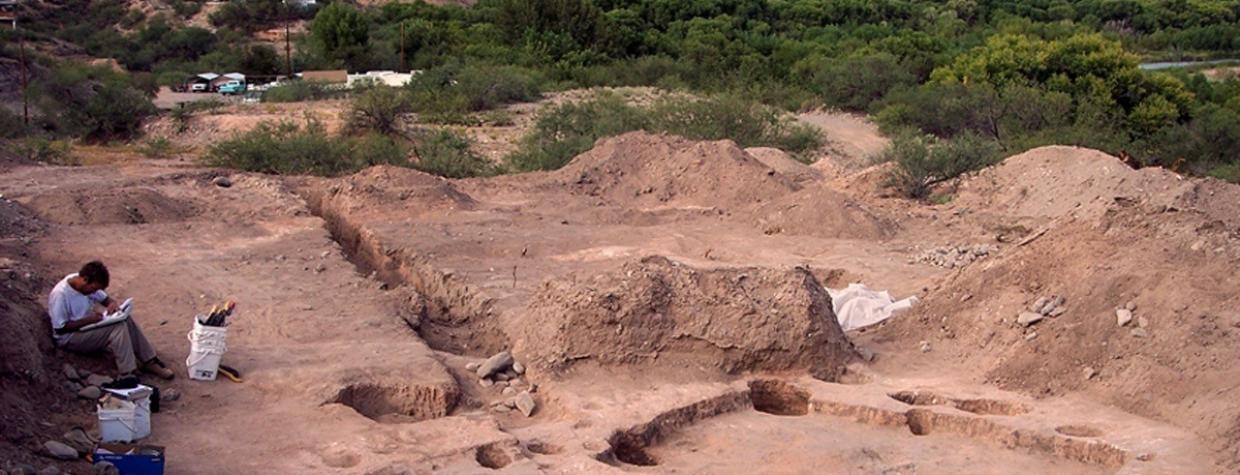The Verde Valley Archaeology Center in Camp Verde announced last week that it has acquired about 11,000 artifacts from the former site of a Southern Sinaguan settlement along the Verde River.
The site, known as Grey Fox Ridge, was first inhabited around A.D. 200, and again at various points from A.D. 500 to the 1200s. Discoveries at the site included obsidian, turquoise jewelry, slate palettes and marine-shell jewelry, the center said in a news release.
The population probably did not exceed more than two or three households at any given time, and during many periods only one pit house was in use. Most, if not all, of the occupations were permanent habitations, but the duration of these occupations were perhaps measured in years rather than decades. Maize pollen showed that the site inhabitants practiced agriculture, but generally there was a dearth of domesticated crop remains. This, combined with the plethora of wild floral and faunal remains, indicated the site inhabitants primarily lived off the diverse ecological zones that were within easy reach of the site.
The artifacts were originally brought to Prescott's Sharlot Hall Museum, but Ken Zoll, the archaeology center's executive director, inquired in 2012 about housing them at the center, which is closer to the place where they were discovered. After an assessment of the facility, Sharlot Hall agreed to turn over the artifacts, and the Verde Valley center received them last month. The collection is now being evaluated by the center's staff with a goal of developing an exhibit.
Zoll said acquiring the collection is a big moment for the center, which was founded in 2010 and has struggled to get established and recognized as a qualified institution.
Below, check out some photos of the site and artifacts. All photos are courtesy of the Verde Valley Archaeology Center. To learn more about the center, call 928-567-0066 or visit www.vvarchcenter.org.

